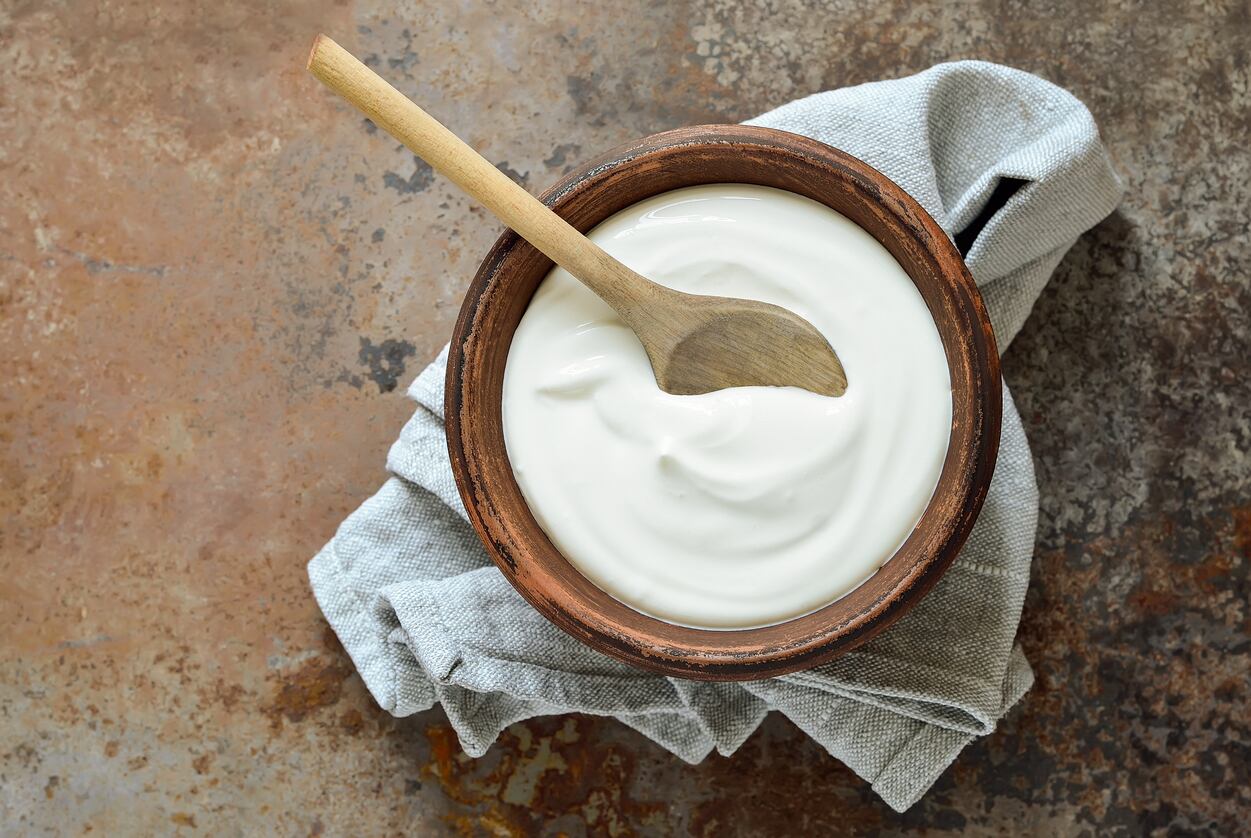According to Nielsen data (all outlets combined, excl c-stores), US retail sales of yogurt fell -3.3% and units were down -6.7% in the 52 weeks to August 25, 2018.
Greek yogurt, which has helped deliver significant incremental growth to the category in recent years, has continued to lose momentum, with dollar sales down -8.2% over the period, and units down -10.1%, although dollar sales of bottled varieties and pouches were up, said Nielsen.
The top performers in the category were Icelandic yogurts (dollar sales +40.5%) and non-dairy yogurts (+55%) although the latter still account for just 2.4% of the yogurt and kefir category, according to SPINS data.
FAT back with a vengeance in the yogurt category
SPINS data, spanning natural and specialty gourmet channels (proprietary) and conventional multi outlet channel data (powered by IRI) for the 52 weeks ending August 12, also presents a lackluster picture, with dollar sales of refrigerated yogurt and kefir down -3.9% and units down -7% over the period.
However, sales of full fat yogurt and kefir were up +8.2%, while sales of low fat yogurt and kefir were down -3.8% and non-fat down the most at -12.9%.
“In yogurt and kefir, we see full-fat items pulling ahead of the pack in sales growth… Low- and non-fat items still account for 71.6% of category sales, but there's clearly a growth trend for full-fat here, driven by natural and specialty products,” said SPINS strategist Jessica Hochman.
“Filtering by natural and specialty products, we see most of the full-fat dollar volume and growth are driven by this particular subset of natural and specialty products.”
But Greek is struggling, she said: “Greek yogurts are in decline overall, though Greek yogurt drinks are a bright spot, growing at 18%
“Yogurts with toppings show promise as well, especially for non-Greek yogurts. Greek versions are in decline but at a lower rate than all Greek types taken together.”
Fluid milk: Top performers were flavored milks and lactose-free, says Nielsen
As for fluid dairy milk, sales have been equally uninspiring, with Nielsen data (all outlets combined, 52 wks to Aug 25, 2018) showing a -6.7% drop in dollar sales of cow’s milk (units down -2.8%), with the sharpest declines in fat-free (-16.5%), 1 percent milk (-11%), skim (-7.9%), reduced fat (-7.3%) and 2 percent milk (-7%). Dollar sales of whole cow’s milk were down slightly (-2%), but units were up +1.7%.
The top performers in the category were flavored milks/milkshakes/smoothies (+15.9%) and lactose-free/reduced milks (+10.4%).
Nielsen also records significant growth in sales of non-dairy milks over the period (52 wks to Aug 25), with blends the top performing products (+45.4%), followed by oat milk (+35.5%), and almondmilk (+11.5%). However, dollar sales of soymilk slumped -7.9% (units down 8.1%).
SPINS: Low-fat and non-fat milks show the steepest declines
SPINS data (natural and specialty gourmet and conventional multioutlet) for the 52 weeks ending August 12, meanwhile, also shows a weak performance in fluid dairy milk.
“The refrigerated milk category represents $12.8bn in annual sales across the Natural, Specialty Gourmet, and Conventional Multi Outlet Channels, including private-label milk items. The category has been challenged recently and shows dollar decline of 4.8% over last year. Unit sales, however, are only down 1.8%.
“Low-fat and non-fat milks show the steepest declines by dollars, percent changes, and category share. While whole and 2% milk sales are also declining, the drop is significantly less steep by percent change, and these subsets are eking out just a touch more of the category share.”



